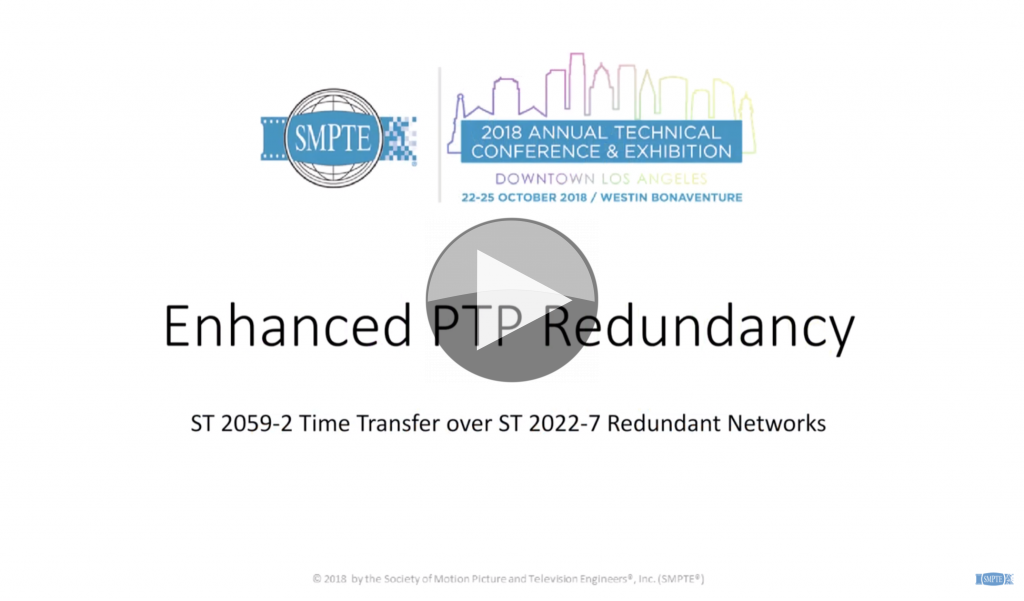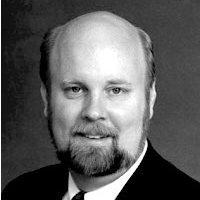We’re all starting to get the hang of the basics: that PTP is the new Black and Burst, that we still need sync to make studios work and that PTP (IEEE1588) is standardised under ST 2059 for use in the broadcast industry. So given its importance, how can we make it redundant?
Thomas Kernen from Mellanox and Chair within the STMPE standards community takes about his real-lift work on implementing PTP with an eye on redundancy methods
Thomas covers the following and more:
- Whether 2022-7 works for PTP
- BMCA Redundancy Model
- Multiple Grand master use
- Adjusting to dynamic variations in timing feeds
- IEEE 1588 v2.1
- Timing Differences in basic networks
Speakers
 |
Thomas Kernen Staff Software Architect, Mellanox Technologies Co-chair SMPTE 32NF Network Facilities Technology Committee |





